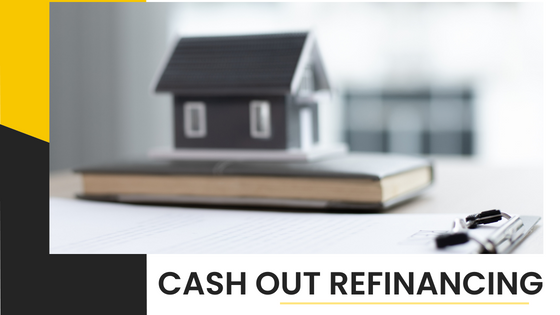
What Are Cash Out Loans?
Cash out refinance loans are called so because people use the money they get to pay off some of their existing debt or make other investments. If you’re considering a cash out refinance, it can be helpful to understand how this type of loan works and what advantages it offers over other types of financing.
When you refinance your home, you may be able to get more money than what you currently owe on your mortgage. But if you have some extra cash available that you’d like to use for other investments or expenses such as college tuition payments, paying off debt or buying a new car or boat, a cash out refinance might be an option for you.
The process is similar to a traditional refinance, but with one important difference – instead of just getting a lower interest rate, you’ll be able to get cash out, a portion of your home equity.

How It Works
Search for the best rates – there are a lot of companies offering cash out loans online. Make sure to do your research to find the best option. When you apply for a cash out refinance loan, you’ll be asked how much money you want to borrow. You’ll also have to provide documentation of the amount of equity in your home. For example, if your home is worth $150,000 but you owe $135,000 on it, then there’s $15,000 in equity.
Your lender will use this information to calculate your loan-to-value ratio (LTV), which is the amount of money you can borrow as a percentage of your home’s value. If your LTV is 80%, for example, then the most you could get in a cash out refinance would be $12,000 – the difference between the $15,000 in equity and the $135,000 balance on your mortgage.
If you want to cash out more than that, then you’ll have to pay down some of your mortgage balance before refinancing.





